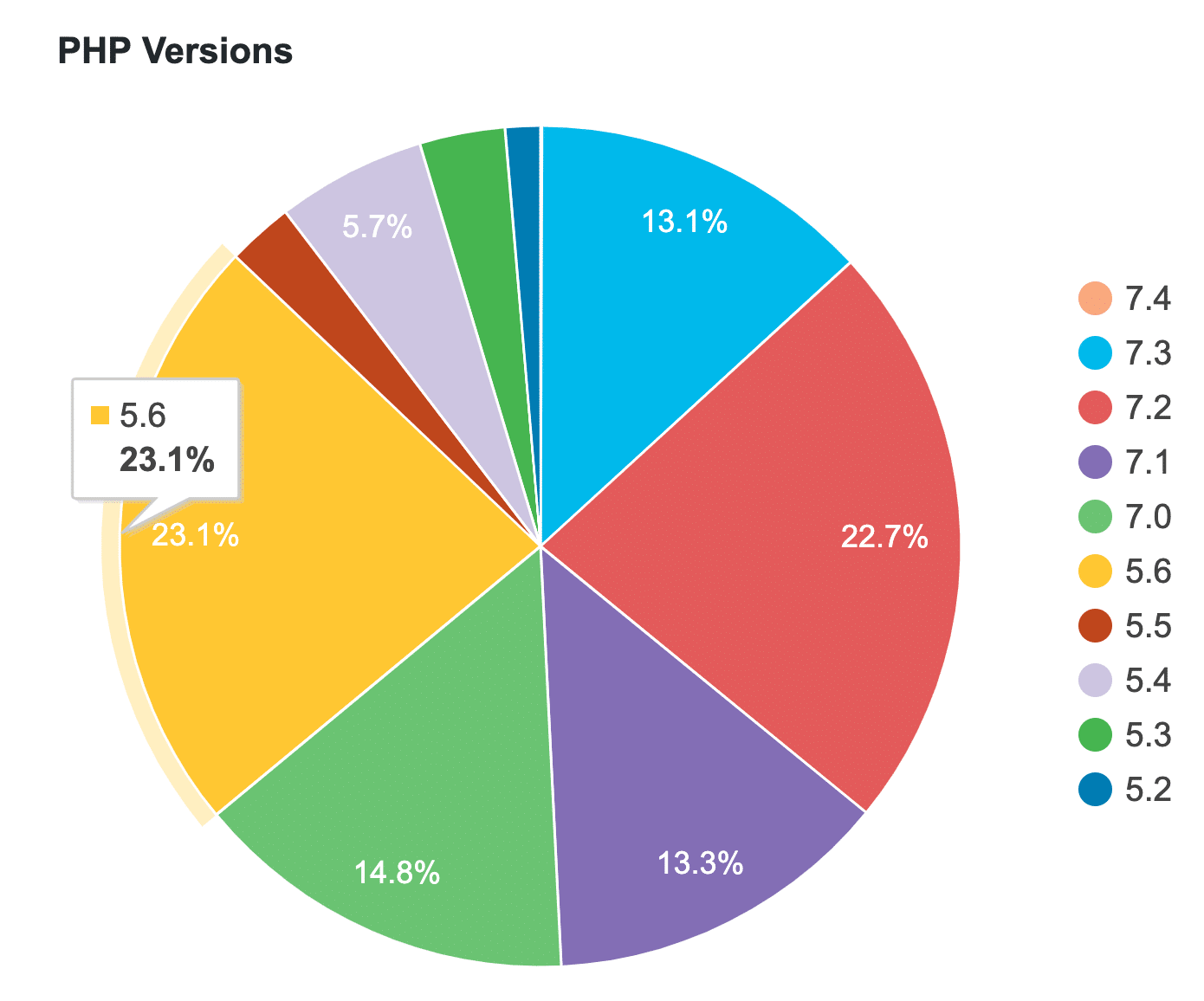

- Upgrade php 5.2 to 5.6 how to#
- Upgrade php 5.2 to 5.6 install#
- Upgrade php 5.2 to 5.6 manual#
- Upgrade php 5.2 to 5.6 upgrade#
- Upgrade php 5.2 to 5.6 full#
You will need to go to their forum and sort this out. None of my joomla sites are working though, all are 1.5.15 which is supposed to work on php5.3 :( Thanks Don, found that and uncommenting localhost in hosts (2008R2) fixed that problem. This talks about a solution to work it around. If you are getting a connection timeout, please refer to the PHP bug at. PHP 5.3.1 has got some problems connecting to MySQL. I'll try for a little longer, then it's back to 5.2 :(
Upgrade php 5.2 to 5.6 install#
Googling around there's mention of problems with "old" style authentication - problem is this is a brand new mysql install with new user accounts. I setup a phpinfo() script and it runs fine - further investigation shows php5.3 can't connect to my mysql database. First I realised that wincache would need upgrading so I removed it and reinstalled with the php 5.3 version.
Upgrade php 5.2 to 5.6 upgrade#
Well, completely failure on this upgrade for me - nothing seemed to work. And please avoid trying to set it up manually. MSI does it automatically for you and you don't need to do it yourself. ".php,C:\WINDOWS\system32\inetsrv\fcgiext.dll,5,GET,HEAD,POST" Handler mapping for *.php means configuring PHP to run via FastCGI. Till then good bye.ĭoes this mean using php-cgi.exe? im lost. Next week I am planning to talk about writing a basic authentication page using PHP.
Upgrade php 5.2 to 5.6 how to#
Now that you know how to configure and test PHP installation under IIS, let us focus on some cool PHP programming tips. A list of supported timezone can be found at. Please set it to something you would like the default to be to get rid of this warning in your PHP.INI file. One of the changes in 5.3 is related to timezone where if PHP INI directive date.timezone is not set, PHP will issue you a warning.

At install time select all the extensions you would like to use.Set some of the INI directives for you in PHP.INI file which is considered as a good practice.Add 'index.php' to default document set.At a top level MSI will do the below things automatically if you have selected IIS FastCGI to be configured from the install UI: Ensure that you are downloading the NTS version of PHP MSI. There are certain advantages of using the MSI as it automatically does some configuration setting for you. Go to Control Panel/Add Remove Programs and uninstall PHP5.2.11.Understand thoroughly the need for PHP5.3.Windows binaries for PHP5.3 are available at. If you would like to move to PHP5.3 now I would strongly advise to go through the migration guide at.
Upgrade php 5.2 to 5.6 full#
If you are able to see a proper page full with PHP information, you are all set.Now invoke Internet Explorer and type ' in the address bar.Please ensure that you have a site named 'Default Web Site' present and the physical path is pointing to 'C:\Inetpub\.Save the above file with name index.php inside the folder 'phptest'.Go to DOCUMENT_ROOT (typically this will be C:\Inetpub\wwwroot) and create a folder named 'phptest'.In order to test PHP installation on IIS I generally do the below: You can save this file in your WEBROOT folder and access it using browser of your choice. A quick and easy way to test the PHP installation is to write a small PHP script (name it anything you want, I am naming it index.php) and have as a content in the file. Once your PHP environment is set properly please follow the next paragraph. Otherwise install the latest version of PHP 5.2.11 using Microsoft Web Platform Installer as described in my previous blog. If you already have any version of PHP running (greater than PHP5.2.8) with IIS FastCGI please ignore this paragraph.
Upgrade php 5.2 to 5.6 manual#
I would again ensure that manual steps are extremely limited and that most of the process is done by the software. Again I have seen a lot of forum posting in the IIS forum where people have asked about this. Well the reason is we are going to upgrade to PHP 5.3 following my previous post and then doing a little bit of trick. So wondering why I am asking you to read the previous post of mine. If you haven't read that post, I would encourage you to read that post before continue reading this. I already talked about how WPI can help you installing PHP on Windows running IIS.


 0 kommentar(er)
0 kommentar(er)
